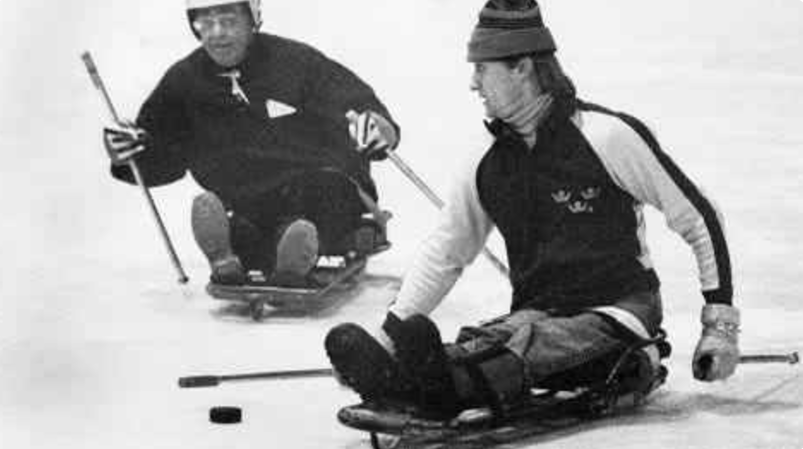What Is Sledge Hockey?
History

How Is It played?
Sled hockey (also known as para ice hockey) is a form of ice hockey designed for individuals with physical disabilities, allowing them to participate in the sport despite not being able to skate. The key adaptation is the use of a specially designed sled that allows players to sit on the ice and propel themselves using two sticks. These sticks have blades on both ends: one for pushing against the ice and the other for handling the puck.
Here are the key features of sled hockey:
1. The Sled
- The sled is a small, lightweight seat mounted on two metal blades (similar to skates).
- Players sit in the sled, using their arms to help propel themselves across the ice.
2. The Sticks
- Players use two sticks, each with a blade on one end for handling the puck and the other end to push against the ice for movement.
- The dual-bladed sticks allow players to both maneuver and shoot, without the need for conventional skating.
3. The Game
- The basic rules of sled hockey are similar to those of traditional ice hockey, including the use of a puck, scoring goals, and penalties.
- Lines typically consist of six players: one goaltender and five skaters on the ice at one time.
- The game is played on a standard ice rink, and the puck is identical to the one used in traditional ice hockey.
4. Players
- Sled hockey is open to athletes with various disabilities, such as amputations, spinal cord injuries, cerebral palsy, and other mobility and cognitive impairments.
